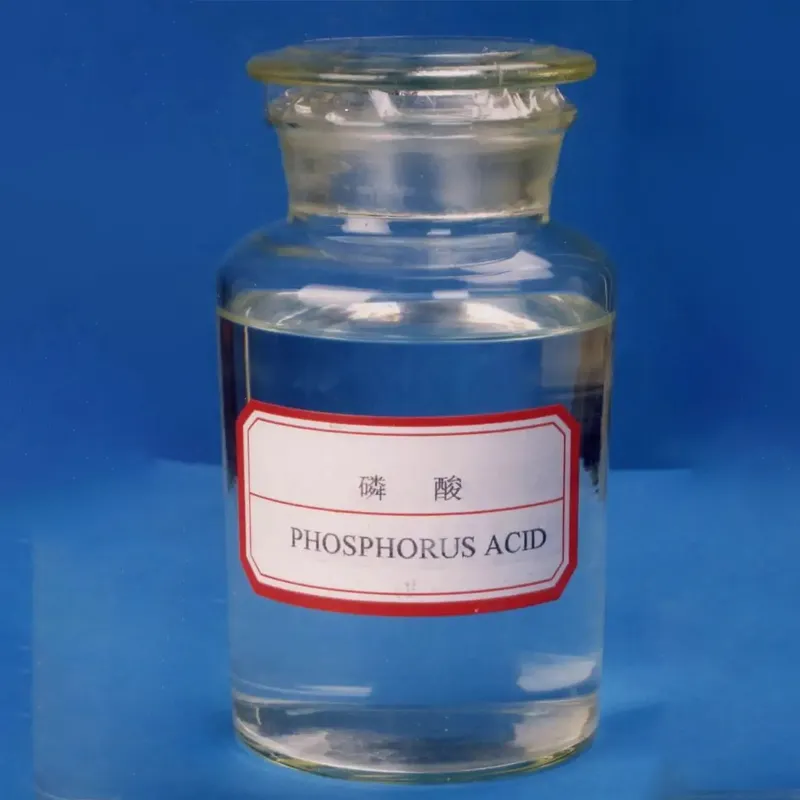
Exploring E174 Food Additive and Its Role in Food Industry
Understanding E174 Food Additive A Comprehensive Overview
Food additives play a crucial role in modern food production, enhancing the quality, safety, and shelf-life of the products we consume. Among the various food additives used globally, E174 (gold) stands out as a unique and intriguing element in the realm of food technology. This article aims to explore the properties, uses, safety considerations, and regulatory standards surrounding E174.
Understanding E174 Food Additive A Comprehensive Overview
One of the key reasons for using gold in food products is its inert nature. Gold does not react with other substances, which means it can be consumed without altering the flavor or integrity of the food. Unlike many other food additives, E174 does not contribute any calories, carbs, or fats to the diet, making it an appealing option for chefs and manufacturers aiming to offer exquisite presentations without compromising nutritional value.
e174 food additive

From a safety perspective, E174 has been assessed and approved for use in various regions, including the European Union. The safety assessments carried out by food safety authorities ensure that the use of gold in food products does not pose any health risks to consumers. Since gold pass through the digestive system without being absorbed, it is considered safe for human consumption within the prescribed limits. Nonetheless, while gold is generally recognized as safe (GRAS), it is essential for consumers to be aware of the quantity used in food applications.
Regulatory frameworks governing food additives, such as that established by the European Food Safety Authority (EFSA) and the U.S. Food and Drug Administration (FDA), set strict guidelines regarding the use of E174. These regulations ensure that gold, when used as an additive, adheres to certain purity standards and is free from contaminants. Additionally, the labeling of food products containing E174 helps consumers make informed choices about what they consume.
Despite its luxurious appeal, the use of E174 is not widespread in everyday food products. Instead, it is primarily found in gourmet items and specialty foods. The cost associated with gold leaf and other gold-based additives limits their use to upscale dining establishments, luxury confectionery brands, and artisanal food creators.
In conclusion, E174 is an exceptional food additive that brings an element of luxury and visual appeal to culinary creations. Its unique properties, safety profile, and adherence to regulatory standards make it a fascinating subject within food science. As consumers continue to seek innovative dining experiences, the application of E174 in gourmet food will likely grow, as chefs and food artisans explore the creative possibilities that this precious metal offers. Ultimately, whether it's a lavish dessert or a stunning cocktail, the addition of gold can transform a meal into an extraordinary occasion, celebrating the artistry of food presentation.
-
The Safety Challenges of Ammonium Nitrate FertilizerNewsJun.26,2025
-
The Critical Role of Mining ChemicalsNewsJun.26,2025
-
Shelf Life of Glacial Acetic Acid Food GradeNewsJun.26,2025
-
Enhancing PVC Longevity with 1,2,3-Benzotriazole InnovationsNewsJun.26,2025
-
China’s Dominance in Food Additive ProductionNewsJun.26,2025
-
Can Aluminum Hydroxide Replace More Toxic Alternatives?NewsJun.26,2025
-
PE and PP Plastics with Benzotriazole AdditivesNewsJun.12,2025
Hebei Tenger Chemical Technology Co., Ltd. focuses on the chemical industry and is committed to the export service of chemical raw materials.
-

view more DiethanolisopropanolamineIn the ever-growing field of chemical solutions, diethanolisopropanolamine (DEIPA) stands out as a versatile and important compound. Due to its unique chemical structure and properties, DEIPA is of interest to various industries including construction, personal care, and agriculture. -

view more TriisopropanolamineTriisopropanolamine (TIPA) alkanol amine substance, is a kind of alcohol amine compound with amino and alcohol hydroxyl, and because of its molecules contains both amino and hydroxyl. -

view more Tetramethyl Thiuram DisulfideTetramethyl thiuram disulfide, also known as TMTD, is a white to light-yellow powder with a distinct sulfur-like odor. It is soluble in organic solvents such as benzene, acetone, and ethyl acetate, making it highly versatile for use in different formulations. TMTD is known for its excellent vulcanization acceleration properties, which makes it a key ingredient in the production of rubber products. Additionally, it acts as an effective fungicide and bactericide, making it valuable in agricultural applications. Its high purity and stability ensure consistent performance, making it a preferred choice for manufacturers across various industries.











